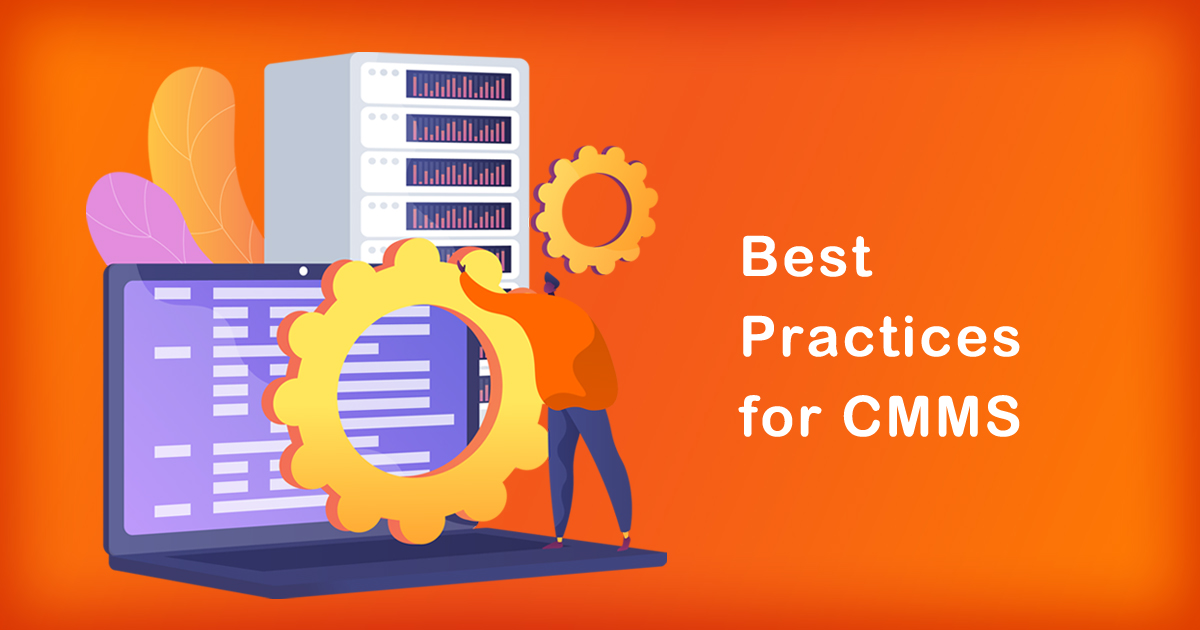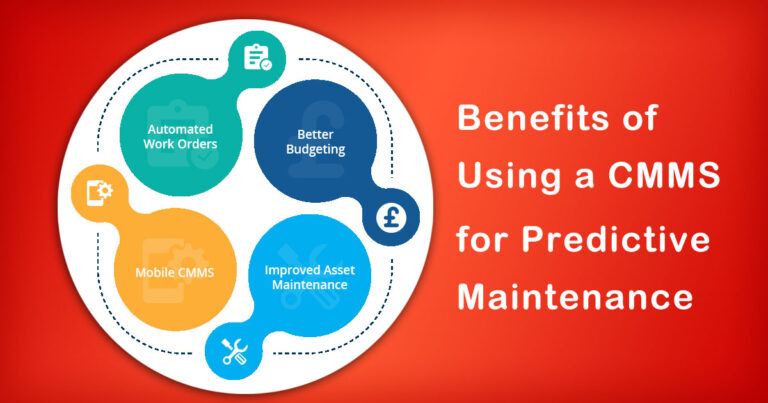Introduction
Computerized Maintenance Management System (CMMS) is a software application that helps organizations manage and track maintenance activities, schedules, and inventory. CMMS has become an essential tool for various industries in India, including manufacturing, healthcare, and facilities management. With the rise of Industry 4.0 and the increasing adoption of automation, CMMS has become more critical than ever. In this blog, we will discuss the best practices for CMMS in India and the benefits it can provide.
Importance of CMMS:
Maintenance is an integral part of any industry. It is necessary to ensure the longevity of assets and avoid costly downtime. Traditionally, maintenance has been carried out manually, which is time-consuming, error-prone, and inefficient. With the introduction of CMMS, maintenance management has become automated, which has improved efficiency, reduced costs, and minimized downtime.
Best Practices for CMMS in India:
1. Customization:
Every organization is unique, and so are its maintenance needs. It is essential to customize the CMMS according to the organization’s specific requirements. The CMMS should be able to handle multiple maintenance types, including corrective, preventive, and predictive maintenance. It should also be able to integrate with other software applications used by the organization.
2. User Training:
The success of a CMMS depends on the user’s ability to use it effectively. It is essential to provide proper training to the CMMS users, including technicians, supervisors, and managers. The training should cover the software’s features, functions, and best practices. It is also necessary to provide ongoing support to the users to ensure that they are using the CMMS correctly.
3. Data Management:
Data is the backbone of a CMMS. It is necessary to ensure that the data entered into the system is accurate and up-to-date. It is also necessary to set up a system for data management, including data backup, archiving, and security. The CMMS should be able to generate reports, including work order history, asset history, and inventory usage.
4. Mobile Access:
Mobile access to the CMMS can improve maintenance management efficiency. Technicians can access work orders, update asset information, and report issues using their mobile devices. It is essential to ensure that the mobile application is user-friendly, secure, and reliable.
5. Integration:
The CMMS should be able to integrate with other software applications used by the organization, including ERP, HRM, and accounting software. Integration can improve efficiency, reduce duplication of effort, and streamline processes.
Benefits of CMMS:
1. Improved Efficiency:
CMMS can automate many maintenance processes, including work order creation, scheduling, and tracking. This can improve efficiency and reduce downtime.
2. Reduced Costs:
CMMS can help organizations reduce maintenance costs by optimizing maintenance schedules, reducing unplanned downtime, and improving asset life.
3. Improved Safety:
CMMS can improve safety by ensuring that equipment is well-maintained and meets safety standards.
4. Improved Compliance:
CMMS can help organizations comply with regulatory requirements by ensuring that maintenance activities are recorded and documented.
Conclusion:
CMMS is an essential tool for maintenance management in various industries in India. It can improve efficiency, reduce costs, and minimize downtime. To ensure the successful implementation of CMMS, organizations should follow best practices, including customization, user training, data management, mobile access, and integration. With the increasing adoption of automation and Industry 4.0, the importance of CMMS in India is only set to grow.








